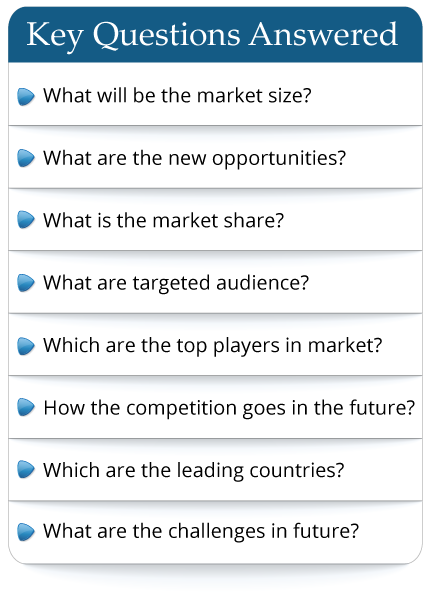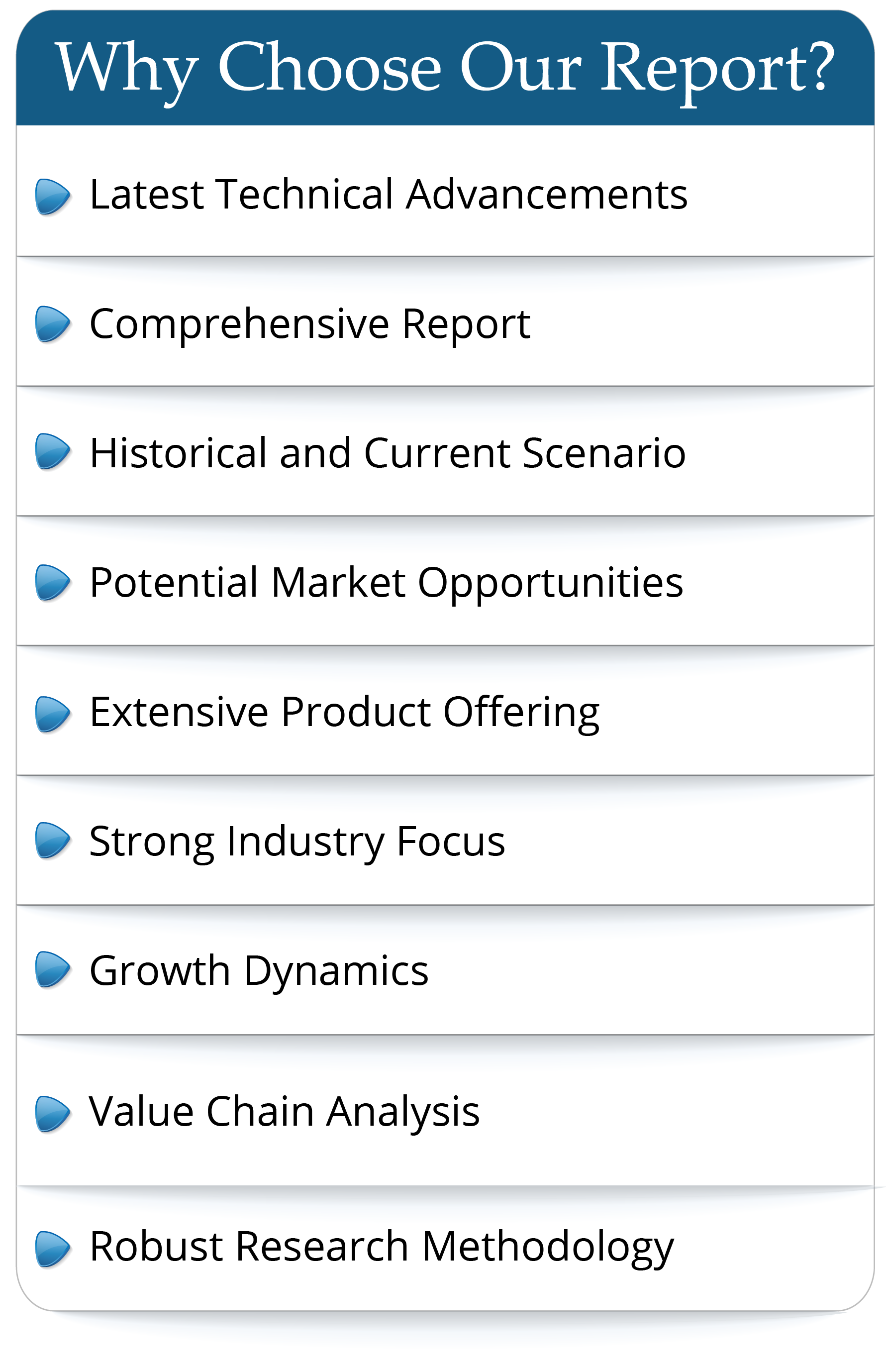Glycerol monostearate is commonly known as GMS. Glycerol monostearate is made by the esterification of c16-c18 long-chain fatty acids with glycerin.
The global market for Glycerol Monostearate was estimated to be worth US$ 1006.8 million in 2023 and is forecast to a readjusted size of US$ 1158.4 million by 2030 with a CAGR of 2.0% during the forecast period 2024-2030
DuPont is the leading supplier of glycerol monostearate, accounting for about 9.62% of the global market in 2019. The Top 3 players in global market accounted for 23.03%, while the share of top 5 players was 30.65%. The market is fragmented.
Report Scope
This report aims to provide a comprehensive presentation of the global market for Glycerol Monostearate, focusing on the total sales volume, sales revenue, price, key companies market share and ranking, together with an analysis of Glycerol Monostearate by region & country, by Type, and by Application.
The Glycerol Monostearate market size, estimations, and forecasts are provided in terms of sales volume (K MT) and sales revenue ($ millions), considering 2023 as the base year, with history and forecast data for the period from 2019 to 2030. With both quantitative and qualitative analysis, to help readers develop business/growth strategies, assess the market competitive situation, analyze their position in the current marketplace, and make informed business decisions regarding Glycerol Monostearate.
Market Segmentation
By Company
Wilmar
DuPont
Riken Vitamin
Jialishi Additive
Guangzhou Cardlo
Guangzhou Masson
KAO
Hangzhou Oleocheemicals
Oleon NV
Corbion
BASF
Stepan
Croda
Zhejiang Wumei
Hangzhou Fuchun
Segment by Type
:
Monoglyceride Content: 40-50%
Monoglyceride Content: ≥90%
Other
Segment by Application
Food & Beverage
Cosmetic
Plastic Industry
Others
By Region
North America
U.S.
Canada
Europe
Germany
France
U.K.
Italy
Russia
Asia-Pacific
China
Japan
South Korea
China Taiwan
Southeast Asia
India
Latin America
Mexico
Brazil
Argentina
Middle East & Africa
Turkey
Saudi Arabia
UAE
Chapter Outline
Chapter 1: Introduces the report scope of the report, global total market size (valve, volume and price). This chapter also provides the market dynamics, latest developments of the market, the driving factors and restrictive factors of the market, the challenges and risks faced by manufacturers in the industry, and the analysis of relevant policies in the industry.
Chapter 2: Detailed analysis of Glycerol Monostearate manufacturers competitive landscape, price, sales and revenue market share, latest development plan, merger, and acquisition information, etc.
Chapter 3: Provides the analysis of various market segments by Type, covering the market size and development potential of each market segment, to help readers find the blue ocean market in different market segments.
Chapter 4: Provides the analysis of various market segments by Application, covering the market size and development potential of each market segment, to help readers find the blue ocean market in different downstream markets.
Chapter 5: Sales, revenue of Glycerol Monostearate in regional level. It provides a quantitative analysis of the market size and development potential of each region and introduces the market development, future development prospects, market space, and market size of each country in the world.
Chapter 6: Sales, revenue of Glycerol Monostearate in country level. It provides sigmate data by Type, and by Application for each country/region.
Chapter 7: Provides profiles of key players, introducing the basic situation of the main companies in the market in detail, including product sales, revenue, price, gross margin, product introduction, recent development, etc.
Chapter 8: Analysis of industrial chain, including the upstream and downstream of the industry.
Chapter 9: Conclusion.
The global market for Glycerol Monostearate was estimated to be worth US$ 1006.8 million in 2023 and is forecast to a readjusted size of US$ 1158.4 million by 2030 with a CAGR of 2.0% during the forecast period 2024-2030
DuPont is the leading supplier of glycerol monostearate, accounting for about 9.62% of the global market in 2019. The Top 3 players in global market accounted for 23.03%, while the share of top 5 players was 30.65%. The market is fragmented.
Report Scope
This report aims to provide a comprehensive presentation of the global market for Glycerol Monostearate, focusing on the total sales volume, sales revenue, price, key companies market share and ranking, together with an analysis of Glycerol Monostearate by region & country, by Type, and by Application.
The Glycerol Monostearate market size, estimations, and forecasts are provided in terms of sales volume (K MT) and sales revenue ($ millions), considering 2023 as the base year, with history and forecast data for the period from 2019 to 2030. With both quantitative and qualitative analysis, to help readers develop business/growth strategies, assess the market competitive situation, analyze their position in the current marketplace, and make informed business decisions regarding Glycerol Monostearate.
Market Segmentation
By Company
Wilmar
DuPont
Riken Vitamin
Jialishi Additive
Guangzhou Cardlo
Guangzhou Masson
KAO
Hangzhou Oleocheemicals
Oleon NV
Corbion
BASF
Stepan
Croda
Zhejiang Wumei
Hangzhou Fuchun
Segment by Type
:
Monoglyceride Content: 40-50%
Monoglyceride Content: ≥90%
Other
Segment by Application
Food & Beverage
Cosmetic
Plastic Industry
Others
By Region
North America
U.S.
Canada
Europe
Germany
France
U.K.
Italy
Russia
Asia-Pacific
China
Japan
South Korea
China Taiwan
Southeast Asia
India
Latin America
Mexico
Brazil
Argentina
Middle East & Africa
Turkey
Saudi Arabia
UAE
Chapter Outline
Chapter 1: Introduces the report scope of the report, global total market size (valve, volume and price). This chapter also provides the market dynamics, latest developments of the market, the driving factors and restrictive factors of the market, the challenges and risks faced by manufacturers in the industry, and the analysis of relevant policies in the industry.
Chapter 2: Detailed analysis of Glycerol Monostearate manufacturers competitive landscape, price, sales and revenue market share, latest development plan, merger, and acquisition information, etc.
Chapter 3: Provides the analysis of various market segments by Type, covering the market size and development potential of each market segment, to help readers find the blue ocean market in different market segments.
Chapter 4: Provides the analysis of various market segments by Application, covering the market size and development potential of each market segment, to help readers find the blue ocean market in different downstream markets.
Chapter 5: Sales, revenue of Glycerol Monostearate in regional level. It provides a quantitative analysis of the market size and development potential of each region and introduces the market development, future development prospects, market space, and market size of each country in the world.
Chapter 6: Sales, revenue of Glycerol Monostearate in country level. It provides sigmate data by Type, and by Application for each country/region.
Chapter 7: Provides profiles of key players, introducing the basic situation of the main companies in the market in detail, including product sales, revenue, price, gross margin, product introduction, recent development, etc.
Chapter 8: Analysis of industrial chain, including the upstream and downstream of the industry.
Chapter 9: Conclusion.
Frequently Asked Questions
This market study covers the global and regional market with an in-depth analysis of the overall growth prospects...
- By product type
- By End User/Applications
- By Technology
- By Region
The report provides a detailed evaluation of the market by highlighting information on different aspects including drivers, restraints...

 Pre-order Enquiry
Pre-order Enquiry Request Free Sample
Request Free Sample












